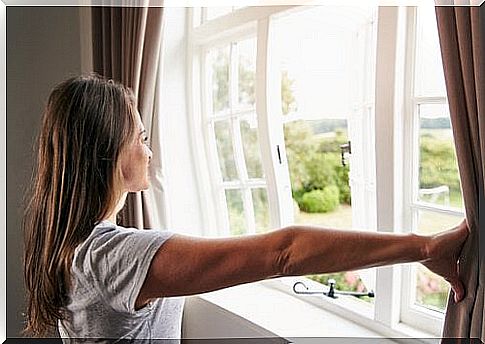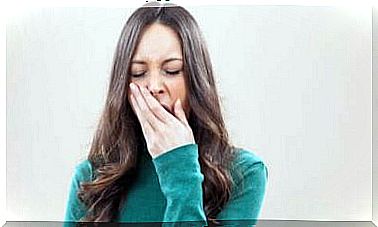Healthy Indoor Air
The indoor air is usually much more polluted than the outdoor air in cities. Despite the discussion about particulate matter, indoor air is more important.

The pollutant load indoors is often much higher than in the outside air, because there is usually less air exchange in buildings than would be healthy for the residents. But there is something you can do to keep the air in the building healthy!
Indoor air is polluted
The indoor air is polluted every day and is replaced far too seldom. But not only in terms of health, regular ventilation can also save a lot of money during the heating season!
The air we breathe is polluted in a variety of ways indoors
- Fine dust (from printer etc.)
- Chemicals (fumes from furniture and textiles)
- Moisture (breathing air, bathroom, laundry, …)
- Solvents (paints, varnishes, paints, …)
Since we spend at least 80% of our time indoors, our main focus should be on keeping the air in our four walls healthy.
This applies to the office as well as to your own apartment. Because bad air puts a strain on our respiratory tract and our body: headaches, dizziness, difficulty concentrating and respiratory problems can be the consequences.
The best strategy is to avoid exposing your airways in the first place by making sure that the air you breathe remains clean.
Even in our own four walls – or at work – there are many sources that cause fine dust and that you can turn off or change yourself! The following examples are easy to implement:
Clean office air
Computer printers produce a lot of fine dust that puts a strain on our lungs. So don’t set up the printer right next to your workplace, but preferably in a separate room.
If the printer is in your study (or in another room that you spend a lot of time in), make sure that you ventilate well to remove the fine dust created (and created) by the printer from the air you breathe!

Green plants as air filters
Green plants clean the air and absorb pollutants that are gradually released into the room air by carpeting, wall paint or furniture.
They absorb carbon dioxide or carbon monoxide from the air, reduce dust pollution and produce new oxygen. The following houseplants do the best:
- Dragon tree,
- Green lily,
- A leaf,
- Efeutute,
- ivy
- and chrysanthemums.
Not just at home, but in the office too, your lungs will thank you for it! Only make sure that the soil of indoor plants is always free of fungi and mold and that you clean their leaves regularly.
Mold and fungal spores from unkempt potting soil pollute the air indoors more than a green plant can improve the air.
So it is not enough to simply set up a “flower pot with greenery”. A little green thumb and some care are already part of it if you want to improve the indoor air with green plants.

Ventilation
Even if the discussion about particulate matter and diesel is on everyone’s mind: the outside air is usually much less polluted with particulate matter than the air inside.
Ventilation therefore reduces the fine dust pollution enormously and the exposure to other air pollutants also decreases significantly during ventilation. But how do you ventilate properly?
Basically, you should ventilate. Create a draft by opening all possible windows and doors wide so that a very large exchange of air can take place very quickly. A “tilted” window cannot do that, you have to open it all the way!
Leave the window open for a maximum of 10 minutes to allow fresh, cold air to enter the rooms, but not to let surfaces and walls cool too much.
The air flowing in from outside is usually drier than the room air. Dry air warms up faster, so that, contrary to your imagination, regular ventilation even saves heating costs.
Set up properly
If you keep your eyes open while setting up, you can make sure to keep the air in your interior healthy before you move in. Opt for real wood furniture that has only been treated with natural oils.
Pay attention to paints and varnishes with the blue angel and also make sure that the flooring does not evaporate any chemicals.
The less air pollution you bring into your four walls with the facility, the better! Nonetheless, you should ventilate regularly to allow any fine dust pollution and accumulating humidity to escape. This is how you keep the air indoors, no matter where, healthy in the long term!









